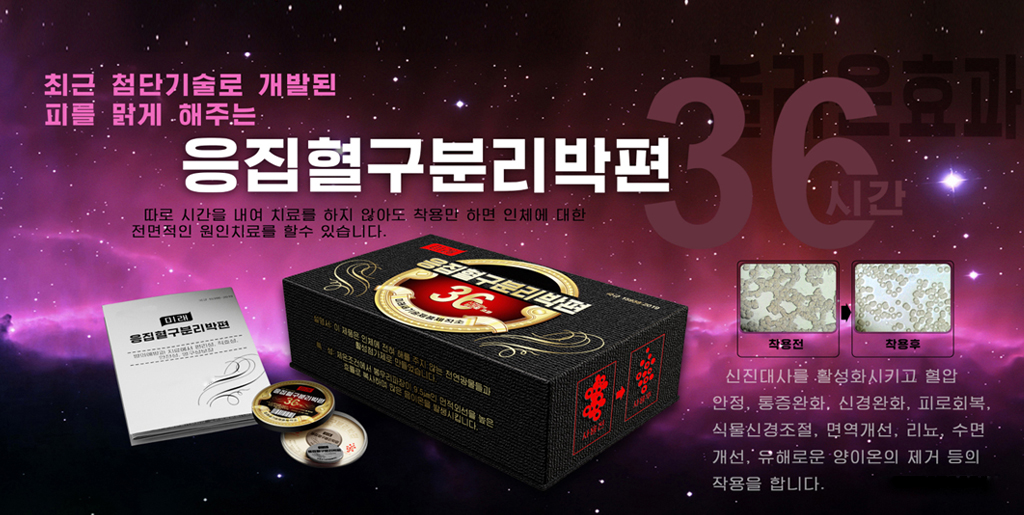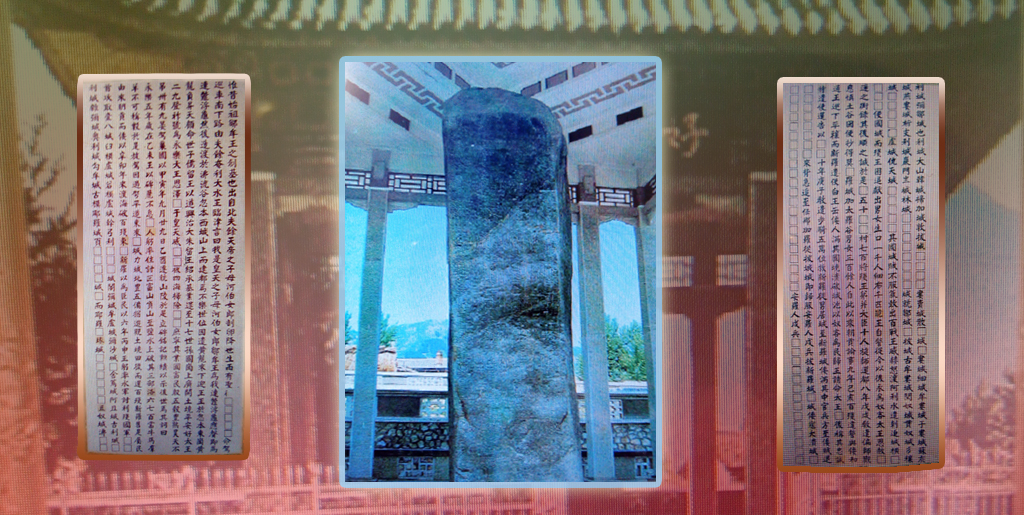Jo Sep 14, 2022
Horse riding is a game in which riders compete on how fast they run or how skilfully they perform acrobatic acts on running horses.
Ancient Koreans, who regarded speed as the most important merit of a horse, raised native horses in large numbers suited to the topographical conditions of our country with many steep mountains. One of them was Kwahama of Ancient Korea. Kwahama was given the name because it was short enough (about one metre) to pass under fruit trees. It gained great fame in the neighbouring countries, too, as a renowned horse, a swift horse good at running up and down steep mountains.
A large number of horse bones, face pieces and other horse ornaments discovered on several ancient sites including Pomuigusok Site in Musan County, North Hamgyong Province prove that horses were raised in large numbers in Ancient Korea and our ancestors enjoyed riding from early times.
Later in the Middle Ages, excellent riding techniques of ancient Koreans were developed onto a higher level with addition of handling weapons and hurdling on a horse.
People in Koguryo raised numerous kinds of excellent horses like well-known Kwahama and mastered superb riding techniques on them. Such information can also be found in some Chinese historical books. In addition, murals in Koguryo tombs give a lifelike portrayal of riding skills like archery, spear throwing, hunting on horses, etc. In Koguryo there was a hunting competition on Rangnang Hill on March 3 (by lunar calendar) every year. The winners were awarded generous rewards and some of them were offered government positions.
The riding techniques of Koguryo were handed down through Koryo to feudal Joson Dynasty.
“Taejonhoethong” (1865) and “Haedongmyongjangjon” (1794) keep detailed records of archery, spear throwing and hurdling on horses in the first half period of feudal Joson Dynasty. It is recorded that Han Hui Yu, a military officer in the mid-thirteenth century used to fly into and out of the flames on a horse and Kim Tok Ryong, a famous swordsman in the period of Japanese invasion of Korea in 1592, was good at running through and immediately jumping back out narrow doors while Jong Ki Ryong could lightly jump over as wide a pit as six fathoms and leap onto the top of a precipice like a flying bird.
This fully demonstrates the superb riding techniques of our people in the past.
Im Sung Bin, section head at the Academy of Social Sciences
...
Jo Sep 7, 2022
Tug-of-war is a folk game in which two teams pull at opposite ends of a long rope until one team drags the other over a line on the ground.
From ancient times our people with strong cohesion enjoyed doing tug-of-war that demonstrated communal might involving a lot of people.
Tug-of-war came into being through creative labour of mankind for survival. Whenever they needed to pull or drag up something in remote primitive times, our ancestors used to fasten ropes to them. This turned into a game little by little and eventually became tug-of-war, a competitive sport.
According to historical records, tug-of-war was usually done by peasants, especially in areas with a high proportion of paddy farming.
“Rimhaphilgi” (19th century) wrote that tug-of-war was already popular in the period of Three Kingdoms ― Koguryo, Paekje and Silla.
It became even more popular later in the period of Koryo and feudal Joson Dynasty. “Tongguksesigi”, “Hwagyejip”, “Tonggukyojisungram”, “Thamraji” and other historical books containing contemporary historical records give details of tug-of-war at that time.
Present-day tug-of-war is a little different in the ways of playing and ropes.
First, the thickness and length of a rope were altered to be convenient. After the national liberation, the thickness and length were fixed at 4~5cm and 20~30m each.
Next, unlike the past tug-of-war with main focus on strength only, the teams with tens of prearranged players have to pull the rope over one metre first to be the winner.
That is how tug-of-war was able to develop into a popular folk game in which many people can highly display the collectivist spirit of pooling their strength and wisdom, and players as well as spectators can enjoy themselves anywhere amidst tension, cheerfulness and laughter.
Im Sung Bin, section head at the Academy of Social Sciences
...
Jo Sep 2, 2022
Yut game is a folk game in which players compete to be the first to move all their pieces to the finish position by throwing four yut sticks and making moves on the board as indicated by the sides of sticks.
Devised by the resourcefulness and talent of our people and played on several occasions including the lunar New Year’s Day, yut game is a time-honoured folk game peculiar to the Korean nation.
The game was invented in ancient times based on the principles of natural and social phenomena.
On the yut board is drawn a figure representing the principles of movements in the universe. According to historical records such as “Junggyongji” (1649) and “Ojuyonmunjangjonsango” (mid-19th century), the position in the middle of the board with a total of 29 signifies the Pole Star while other 28 positions around it represent the 28 constellations studded around the ecliptic. The routes on the board, on the other hand, reflect the law of change of four seasons. The shortest route (round through 11 points) stands for the winter solstice with shortest hours of daylight, the two routes through the diagonal paths for the spring equinox and the autumnal equinox with equal hours of daylight each, and the longest route for the summer solstice with longest hours of daylight.
The four sticks for throwing reflect four directions ― north, south, east and west.
The names of moves also reflect ancient social systems and customs. Not only the titles of ancient government positions Joga, Kuga, Uga, Maga, etc. but also the size and speed of domestic animals widely kept in those days were used to make the names of moves. For instance, the names “To”, “Kae”, “Kol”, “Yut”(Shung) and “Mo” mean “pig”, “dog”, “sheep”, “ox” and “horse” respectively. As they believed that oxen played the most important part in farming, they called this yut game.
All these imply that yut game originated from the small desire of ancient people who wanted to be successful and to travel all around the world on domestic animals to their hearts’ content.
This ancient game was carried forward and developed as a folk game peculiar to our nation in the period of Three Kingdoms (Koguryo, Paekje and Silla), Palhae and Later Silla and it was widely introduced into other countries, too.
At present, some newly devised ways of playing help players develop their intellectual faculties and have a good time. The number of pieces has now increased from four to ten, which means the first one to move all the 10 pieces is the winner. “Huto” (one step back) and “Tuhuto” (two steps back) and some other rules like the need to have one extra move before the finish point are now adopted, which makes it even more entertaining.
Today yut game is enjoyed at industrial establishments and public organizations as well as at home on several occasions including traditional holidays like the lunar New Year’s Day, Jongwoldaeborum (the lunar January 15), and Chusok (the autumn festival), national holidays and other public holidays.
Im Sung Bin, section head at the Academy of Social Sciences
...
Jo Aug 4, 2022
Even though there exist a great number of nations in the world, hardly any of them are like the Korean nation, which built their own state early in ancient times and has developed adorning their history based on one and the same blood and language.
One of the ancient relics that reflect the superiority of the Korean national culture is a pipha-shaped dagger.
Made in the first Korean state founded by King Tangun, pipha-shaped daggers are representative relics that are still unearthed on the Korean Peninsula and all other areas where ancient Koreans used to live. The name pipha-shaped dagger comes from its shape that resembles an ancient musical instrument pipha (a kind of oriental lute). Its birthplace is Pyongyang.
The pipha-shaped dagger representative of the culture in the first half period of Ancient Korea has peculiar features that make a clear distinction from those used by other ethnic groups in the neighbouring countries in those days in respect of structure, quality, shapes of blade and haft, designs engraved on the blade, etc.
The most distinctive one is the plane shape of the blade. The blade looks elegant with a sharp end, graceful curves at both cutting edges and a sharp protrusion in the middle or above the middle. A number of daggers of various types and structures have been discovered in the countries and regions that are proud of world-famous ancient civilization, but none of them looks like the original pipha-shaped dagger.
Another feature is its original structure. Those made and used in other countries and regions in ancient times were all cast bodily. Unlike them, pipha-shaped daggers were assembled with individually cast blades, hafts and fitters. In other words, they were built-up daggers while others were monolithic units. This demonstrates that the techniques of making and processing bronze ware owned by ancient Koreans reached a high level.
Pipha-shaped daggers have charming ornamental designs, too. Others found abroad had few ornaments and if any, the ends of hafts were decorated with no more than the shapes of heads of animals and birds. Pipha-shaped daggers, in contrast, were embossed with various sophisticated designs and ornaments on the blades, hafts, and fitters.
That is why the world people say that a pipha-shaped dagger is not a mere weapon but ‘a piece of sophisticated craftwork’.
...
Jo Aug 1, 2022
“Turtle ship” is the very first iron-clad battleship designed by a distinguished patriotic general Ri Sun Sin after being appointed admiral of Left Jolla Province in 1591.
According to the historical book “Richungmugongjonso”, the structure, building method and performance of turtle ships are roughly as follows.
A turtle ship was 35 metres long, 11.8 metres wide and 5.2 metres high, with 10 oars at each side and about 70 muzzles. The sails could be either raised or lowered if necessary.
The front part of the ship looked like the head of a turtle, where sulphur and nitre were burnt to produce smoke which was supposed to be emitted through the mouth to prevent enemy from noticing it.
It had two muzzles at the top of the turtle head and one muzzle on each side of the door. There were 12 muzzles on the right and left siding walls respectively on which some colours were fixed.
The roof of the ship was made up of large planks to look like a turtleback. There was a narrow way for our warriors only on the turtleback the rest part of which sharp objects like spears and daggers were fixed all over to keep enemies away. In the centre of the ship were 26 chambers, two of which were filled with ironware, five of which stored weapons like guns, arrows and bows, dynamite, swords, etc. and 19 of which were used as bedrooms for warriors. One of the remaining 2 chambers was captain’s cabin and the other one was a bedroom for commanding officers.
As warriors and combat equipment were protected inside the ship and they could look out from inside but nobody could look in from outside, it was possible for warriors in the ship to fire guns on all sides at hundreds of enemy ships at the same time. Some parts of the ship were iron-clad and the rest parts were covered with thick planks. Therefore, contemporary gun fire could never break it down nor burn it down.
Stout and stable in structure and incredible in speed, turtle ships equipped with various kinds of weapons and guns (12 at the right and left, 2 at the front, total 14) and loaded with as many warriors as 160 was an incomparably powerful warship in those days that was capable of destroying any enemy ship. In addition, the reasonable size and shape of the ship ensured good navigability.
Turtle ship, built in an original way by the Korean people, who had exploited and defended the sea from the early times, made a great contribution to defending the country by inflicting disastrous defeat on the Japanese invaders in several sea battles including the battle on the sea off Sachon during the Japanese invasion of Korea in 1592.
Outside Korea, it was not until the Crimean War (1853~1856), which broke out 440 years after the turtle ship, that three iron-clad ships were built. However, they were hardly used because they were too slow and cumbersome.
In conclusion, the first ever iron-clad ship turtle ship is a priceless national heritage that demonstrates the resourcefulness and creative talents of the Korean nation and at the same time it is a common asset of mankind that holds a prominent position in the world history of armament.
...
Jo Jul 28, 2022
In the early 15th century, some talented musicians in Korea including Pak Yon and Hwang Hyo Song invented a system of lettered musical notes in rectangles capable of expressing the pitch, length and time of a sound fairly adequately.
Musical characters, key signatures, etc. written in rectangles like those on a chessboard denoted both the pitches and the lengths of sounds. That was an original quantitative system of musical notes that was invented for the first time in the history of eastern music.
The earliest musical notes in rectangles was “Sejong Sillok Akpo” devised and compiled in 1430 and published in 1453 by some talented musicians in the palace led by Pak Yon (1378~1458).
It was based on a fixed “degree” system where the initials (hwang, tae, thae, hyop, ko, jung, yu, rim, i, nam, mu, ung) of 12 musical notes with absolute pitches were written in 32 rectangles in a row.
Later it was improved into a 5-note system in 16 rectangles in a row, which is none other than “Sejo Sillok Akpo” published in 1464.
With the appearance of the lettered musical notes expressed in rectangles, the shortcomings of the previous musical notes arranged in a row and kuumyukpo, which failed to show tone length, were overcome, and poems and songs were able to be precisely expressed. This made a great stride in the expression of music.
As mentioned above, the musical notes devised by some musicians including Pak Yon in the early 15th century are of great musical significance as they are far superior over previous ones and the earliest in the history of the East, too.
Indeed, the Korean nation is a wise and resourceful nation that left a remarkable trace in the pages of musical history.
...







